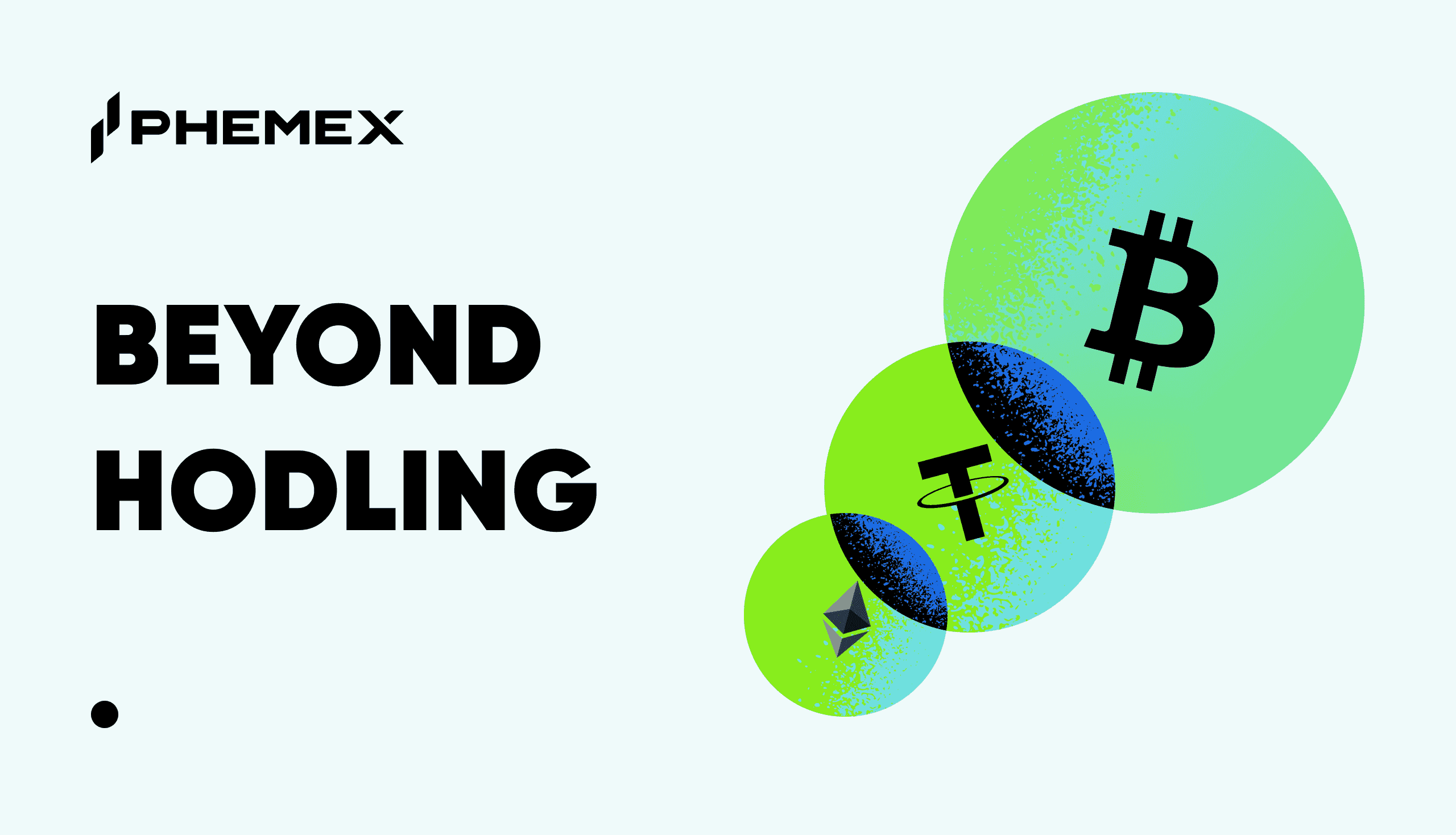In 2024, stablecoins dominated the financial landscape, with their transaction volumes surpassing those of Visa and Mastercard combined. An industry report published on January 31 revealed that stablecoin transfers soared to an astonishing $27.6 trillion, exceeding the total of the traditional payment giants by 7.7%. As the cryptocurrency class featuring the highest trading volume by far, stablecoins have demonstrated great utility since their inception. Now with a pro-crypto U.S. president in office who has declared support for both cryptocurrencies and the U.S. dollar, it seems to be a great time to revisit the latest trends in the world of stablecoins. After all, there may be nothing “stable” about the stablecoin sector this year as several exciting developments are in the works.

Trump Executive Order to Boost Stablecoins and Dollar
On January 23, 2025, shortly after taking office U.S. President Donald Trump signed an executive order that prevents U.S. federal agencies from pursuing a central bank digital currency (CBDC). The order originated from a desire to safeguard the dollar, as it encourages “taking steps to encourage the development and expansion of lawful and legitimate dollar-backed stablecoins on a global scale." The policy specifically states that it supports “the sovereignty of the United States dollar, including through actions to promote the development and growth of lawful and legitimate dollar-backed stablecoins worldwide.”
By forbidding the creation of a CBDC, the President is indirectly helping existing stablecoin issuers like Tether and Circle by reducing their potential competition. The clear ban on creating a U.S. CBDC might encourage innovation in private-sector stablecoin development, while the prospect of regulatory clarity could enable stablecoin issuers to concentrate on expanding their infrastructure and seamlessly integrating their services with current payment networks.
Tether Makes $13 Billion in Profit
Tether, the cryptocurrency firm responsible for the largest stablecoin, USDT, announced on Friday that it achieved a record-breaking $13 billion in group-wide net profits last year. Approximately $7 billion of the profits came from the firm′s extensive holdings of U.S. treasuries and repos, while $5 billion resulted from the unrealized gains on the company's gold and Bitcoin reserves. An additional $1 billion was generated from other investments.

The Tether group reported $143.7 billion in assets held in reserve against $136.6 billion in liabilities, leaving 7 billion in excess reserves backing its stablecoins. Tether also expanded its Bitcoin holdings in the last quarter for the first time since March, ending the year with nearly 84,000 BTC, valued at approximately $7.8 billion. As the largest stablecoin issuer with the most widely traded stablecoin USDT, Tether’s business model may be envied by others in the corporate world. After all, it boasts an astounding $300 million generated per employee, because it’s able to reap $13 billion profit with a head count of just around 150 employees. This likely means that other corporations would be eager to pursue a similar business model through stablecoin issuance if the opportunity arose.
Non-USD Stablecoins Poised for Growth
Leading payment processors like Visa and Mastercard, along with an increasing number of neo-banks, are upgrading their systems to accommodate stablecoin transactions, enabling faster and more affordable cross-border payments behind the scenes.
In Europe, the implementation of MiCA regulations may be the catalyst needed to spur the issuance of Euro and GBP stablecoins. Several European financial institutions are gearing up to release their own regulated stablecoins tailored to regional markets. A similar trend can be observed in Latin America, where firms such as Mercado Libre and Transfero have ventured into the stablecoin market. In the Middle East, Tether revealed plans to introduce a stablecoin tied to the United Arab Emirates (UAE) dirham, targeting the demand for the Gulf currency and providing an alternative to the U.S. dollar. In Australia and New Zealand, several stablecoins are vying for a foothold, including AUDT and AUDD in Australia and Techemynt’s NZDS in New Zealand, the latter of which has already seen millions in trading volume on decentralized exchanges.
Stables Driving Institutional Adoption
In the fourth quarter of Q4, the global total supply of stablecoins surged by 18% and achieved a combined market cap of nearly $200 billion. This growth demonstrates rising demand for stable and liquid on-chain assets, especially as institutional participation in crypto markets expands. As the global population spends more and more time online, there has been a growing preference for stablecoins as an alternative to traditional banking systems, with more organizations adopting them for settlements and remittances.

The total stablecoin transaction volume in 2024 reached an astronomical $30 trillion. This figure is increasing by the month, with $5 trillion in volume seen in just December 2024. Decentralized exchanges are seeing wider usage because on-chain settlement efficiency has improved significantly, with reduced fees and faster transaction speeds across leading networks. While Ethereum maintained its position as the primary settlement layer, alternative chains and Layer-2 networks are playing an increasingly important role in processing stablecoin transactions.










